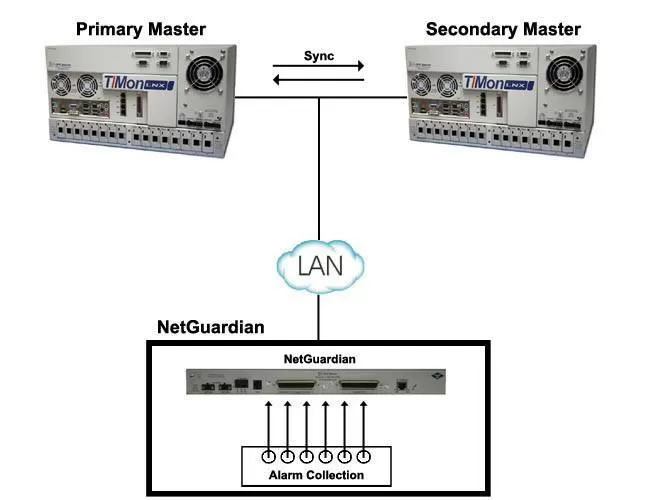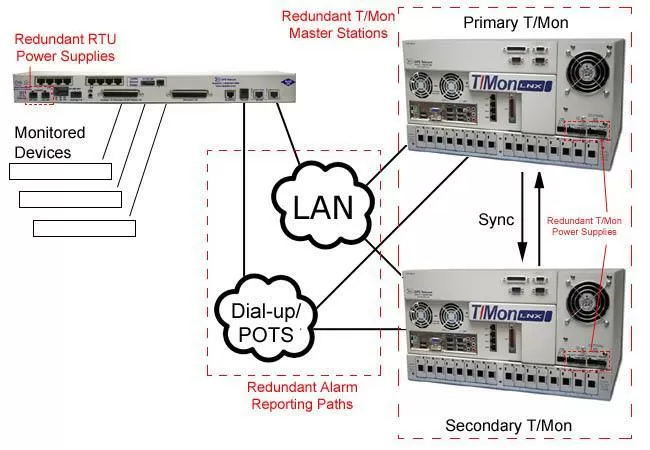Download our free Monitoring Fundamentals Tutorial.
An introduction to Monitoring Fundamentals strictly from the perspective of telecom network alarm management.
1-800-693-0351
Have a specific question? Ask our team of expert engineers and get a specific answer!
Sign up for the next DPS Factory Training!

Whether you're new to our equipment or you've used it for years, DPS factory training is the best way to get more from your monitoring.
Reserve Your Seat TodayBetween ever-expanding networks and increasingly strict uptime requirements, keeping your network online is as crucial as ever. At the heart of your network's reliability is your remote monitoring system - providing you with instant and comprehensive information about your network.
While it's easy to take for granted, just think for a moment everything your NOC is doing for you. What would it mean if it wasn't there when something happens? It's not pretty.
First of all, you'll get calls from the boss asking "How could this happen?!" and to "Fix it fast!". Next, you have to go back to your customers telling them about your issues. Isn't avoid all of these problems the reason you got monitoring in the first place?

When you take a step back and look at your entire network, do you have redundant communication paths? Power systems? Transport systems? HVAC? So, isn't monitoring just as critical to maintaining proactive service?
Your master is only one piece of hardware with a lot of devices feeding into it, but because it is the central piece, losing it will leave you blinded to your network status.
Unfortunately, too many companies "skate by" with only a single master - ultimately costing them big in the long-run. There are typically three times when a company chooses to deploy redundant alarm masters:
Downtime is expensive. By deploying redundant T/Mon masters in your network, you're protecting yourself from an unexpected problem impairing your network visibility. T/Mon is reliable, but any equipment can potentially fail for reasons outside of your control (natural disaster, electrical damage, vandalism, etc.).
A dual-T/Mon redundant setup involves the T/Mon NRI Automatic Synchronization Module. This module:
Because events like natural disasters can have such devastating effects, a common best practice is to have a geographical separation between masters. This means that the primary and secondary masters are kept in two different locations - providing ultimate protection against a natural disaster, vandalism, etc.

Even if you've been one of the fortunate ones to get by with only one master, it's simply too risky to continue gambling with your uptime. Also, if your single master happens to be a T/Mon, it's a very straight-forward process to add redundancy.
At DPS, we receive many urgent quote requests after an earlier "Do Nothing" decision comes back to bite you. You have no reason not to be proactive (and maybe you'll manage to impress your boss).
Call us. Chat with an expert for 10 minutes. We'll email you a detailed quote with a custom application drawing. We'll even include a summary of business benefits you can use to justify your project budget.
Call 1-800-693-0351 now for your quote, or send us a quick online message instead!